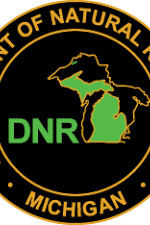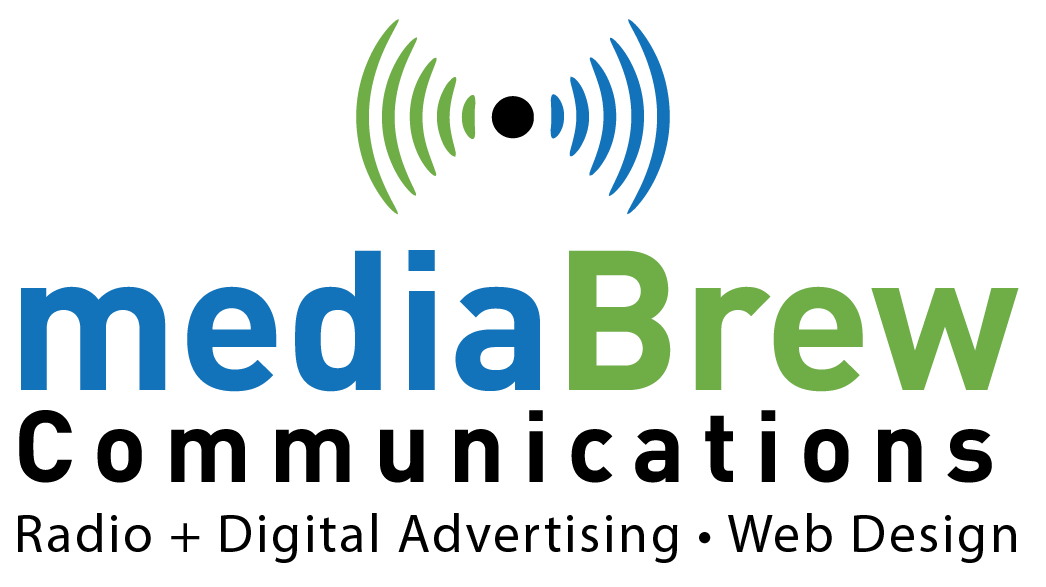
Upper Peninsula Weekly Fishing Report – July 29, 2020
| Keweenaw Bay: Recent storms and wind had the bays all mixed up. Anglers still were getting a fair number of lake trout along with a few salmon; however, they were putting in a lot of time trying to find them. Jigging for lake trout seemed to work best.
Little Bay De Noc: The best walleye action was from Breezy Point south to Round Island trolling a crawler harness or stick baits in 14 to 25 feet both early and late. Fair to good smallmouth action in the grassy areas around the mouth of the Tacoosh River when casting plastics or near the mouth of the Ford River, but the fish were smaller. Perch fishing was fair near Kipling in 12 to 30 feet with crawlers. Salmon anglers have reported very few catches in the area this season. Those with large boats have been heading to Green Bay waters or over to the Summer Island area for better fishing. Manistique: When salmon anglers could get out, catch rates were few. Those after lake trout reported fair to good catches southeast of the buoy in 120 to 180 feet. River anglers should be looking for early salmon as they start to show up the end of July. Indian Lake: Was producing some walleye. St. Marys River: Fishing was good for most. A decent number of Atlantic salmon and whitefish were caught behind the powerhouse. Those fishing the lower river caught walleye, pike and smallmouth bass. Raber: Had fair to good walleye action when trolling Raber Bay in the early morning. Troll south of the boat launch along weed beds with shad-colored crankbaits in 8 feet. Detour: Walleye anglers heading out from the DNR launch reported good catches of walleye up at Swedes Point. Try planner boards with 6-inch, shad-colored crankbaits in the early morning or late evening. Walleye anglers had success using crawlers or minnows with a slip-bobber in 8 to 12 feet. Drummond Island: Cisco are still being caught at Little Trout, Big Trout and Burnt islands when jigging a brown or red teardrop with wax worms in 25 feet. Cedarville and Hessel: Yellow perch are being caught at the Island #8 Bridge with worms or minnows off the weed beds in 6 to 8 feet. There are reports of perch being caught at the east end of Snows Channel, at Connors Point. Try close to the weed beds when casting a small white or pink twister tail jig in 4 to 6 feet. Middle Entrance to the Les Cheneaux Islands is producing yellow perch at the mouth of Peck Bay in 4 to 8 feet with small worms or shiners. Hill Island Road, located 1 mile east of Cedarville off Highway M-134, has been good for young anglers catching sunfish, rock bass, perch, smallmouth bass and even a few nice largemouth bass. For Hessel, anglers reported good northern pike fishing in the early morning with large minnows and creek chubs under a bobber or when casting black and chrome crankbaits in 8 feet outside the pier. Yellow perch are still being caught around the finger docks. St. Ignace: Those trolling spoons and flies in 120 to 140 feet on the backside of Mackinac Island had no luck. Nearby, walleye were caught on the Pine River when trolling a crawler harness from the boat launch to the rapids. A couple pike also were caught. On the Carp River, walleye and perch were caught when drifting and bottom bouncing worms and leeches at the sea wall. |
Fishing Tip: The basics of using downriggersAre you familiar with using downriggers? This tool, which places a lure at the desired depth, is ideal when fishing the Great Lakes as it allows for controlled-depth fishing and targeting species suspended in the water column. Three things to keep in mind if you’re considering using a downrigger:
Check out our Roadmaps to Fishing the Great Lakes for even more information.
Lake sturgeon and muskellunge reporting – NEW phone numberA reminder that any angler who harvests a lake sturgeon or muskellunge is required to report the harvest within 24 hours of the time of the catch. You can report your harvest online at Michigan.gov/RegisterFish or by calling 906-287-0816. If you’re headed out fishing, please do your part to keep yourself and others safe by following COVID-19 public health and safety guidelines. Go fishing only if you’re feeling well. Practice proper social distancing, at least 6 feet away from people who don’t live in your household. Frequently wash your hands with soap and warm water, or use hand sanitizer. Anglers are targeting bass and bluegill with limited success. The warm weather forced fish to deeper water and decreased their feeding activity. Using live bait in the morning and evening has produced fish. Bluegill and crappie were caught in 12 feet or more. All anglers 17 years of age and older are required to have a fishing license. Buy your license ► |

Comments (0)